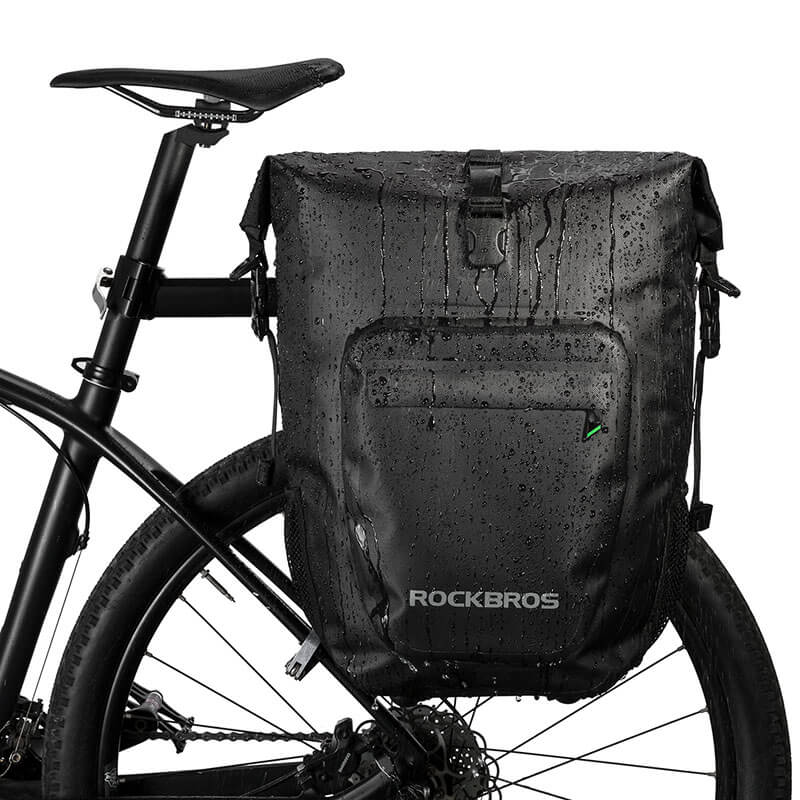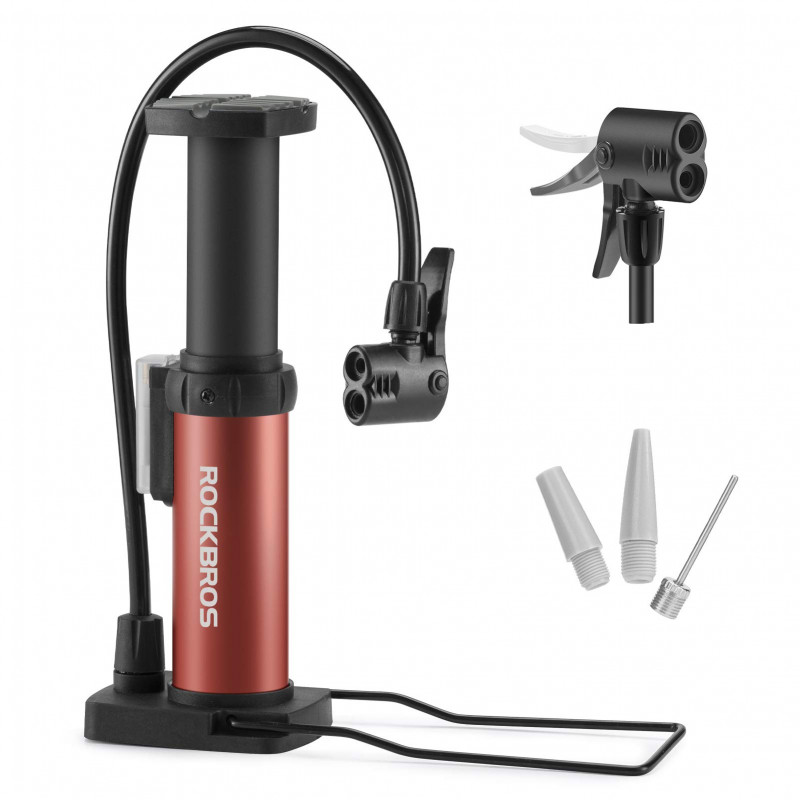How to Change a Bike Tire: A Step-by-Step Guide for Beginners

Are you tired of being stranded on the side of the road with a flat tire? Learning how to change a bike tire is an essential skill for any cyclist. In this article, we will guide you through the process step by step, from identifying the problem to getting back on the road. By the end of this article, you'll be ready to handle any tire-related issues that come your way.
Introduction
A flat tire can happen at any time, and it can be frustrating, especially when you're on a long ride. However, changing a bike tire is not as difficult as it may seem. With the right tools and a bit of knowledge, you can get back on the road quickly.
Tools You Will Need
Before you start, you will need a few tools:
- Tire levers
- A spare tube or patch kit
- A bike pump
- A wrench (depending on your bike)
Make sure you have these tools with you before you start your ride.
How to Identify a Flat Tire
The first step is to identify if you have a flat tire. There are a few signs to look out for:
- The tire feels squishy or soft.
- You hear a hissing sound when you ride.
- The bike feels wobbly or unstable.
If you notice any of these signs, it's time to inspect your tire.
Removing the Wheel
The next step is to remove the wheel. Depending on your bike, you may need a wrench to do this. Here's how to remove the wheel:
- Shift the gears so that the chain is on the smallest chainring and the smallest cog at the back.
- If you have rim brakes, release the brake by pulling the brake lever and unhooking the noodle.
- Open the quick-release lever or loosen the nuts that hold the wheel in place.
- Pull the wheel out of the frame.
Removing the Tire and Tube
Once the wheel is off, it's time to remove the tire and tube. Here's how:
- Use the tire levers to pry the tire away from the rim.
- Once the tire is partially off, use your hands to pull it off the rest of the way.
- Remove the tube from inside the tire.
Checking for Damage
Before you install the new tube, you need to check the tire for damage. Look for any cuts, punctures, or debris that may have caused the flat tire. If you find any damage, replace the tire.
Replacing the Tube
To replace the tube, follow these steps:
- Inflate the new tube slightly.
- Insert the valve stem into the hole in the rim.
- Work the rest of the tube into the tire, making sure it's not twisted.
- Push the tire back onto the rim using your hands.
- Use the tire levers to finish pushing the tire onto the rim.
Reinstalling the Tire
Once the tube is in place, it's time to reinstall the tire. Here's how:
- Check that the tire bead is seated evenly on both sides of the rim.
- Use your hands to push the tire back onto the rim. Start at the valve stem and work your way around the rim. Make sure that the tire is seated properly on the rim, and that the tube is not pinched between the tire and the rim.
Putting the Wheel Back On
Now that the tire is back on, it's time to put the wheel back on the bike. Here's how:
- Align the wheel with the dropouts on the bike frame.
- Push the wheel into place, making sure that the chain is on the smallest chainring and the smallest cog at the back.
- Tighten the quick-release lever or nuts, making sure that the wheel is centered in the frame.
- If you have rim brakes, reattach the noodle and squeeze the brake lever to make sure the brake pads are in the correct position.
Pumping Up the Tire
Now it's time to pump up the tire. Here's how:
- Make sure that the valve stem is securely in the hole in the rim.
- Attach the pump to the valve stem.
- Pump up the tire until it's firm to the touch, but not too hard.
Checking the Tire Pressure
Before you hit the road, it's important to check the tire pressure. Use a tire pressure gauge to make sure that the tire is inflated to the recommended pressure. This information can usually be found on the side of the tire.
Preventing Flat Tires
Changing a flat tire can be inconvenient, but there are things you can do to prevent it from happening in the first place. Here are a few tips:
- Keep your tires properly inflated.
- Avoid riding over debris or rough surfaces.
- Check your tires regularly for signs of wear and tear.
- Consider using puncture-resistant tires.
Conclusion
Changing a bike tire may seem daunting at first, but with a bit of practice, it can become second nature. By following the steps outlined in this article, you can get back on the road quickly and easily. Remember to always carry the necessary tools with you on your rides, and to keep your tires properly inflated and maintained.
FAQs
How long does it take to change a bike tire?
A: It usually takes around 15-20 minutes to change a bike tire, depending on your level of experience.
Can I patch a punctured tube instead of replacing it?
A: Yes, you can use a patch kit to repair a punctured tube instead of replacing it, but make sure to replace the tube eventually.
Can I use any tire on my bike?
A: No, you need to make sure that you're using the correct tire size and type for your bike. Check the sidewall of your tire for this information.
How often should I check my tire pressure?
A: You should check your tire pressure before each ride to ensure that your tires are properly inflated.
Do I need to remove the wheel from the bike to change a tire?
A: Yes, you need to remove the wheel from the bike to change a tire.









